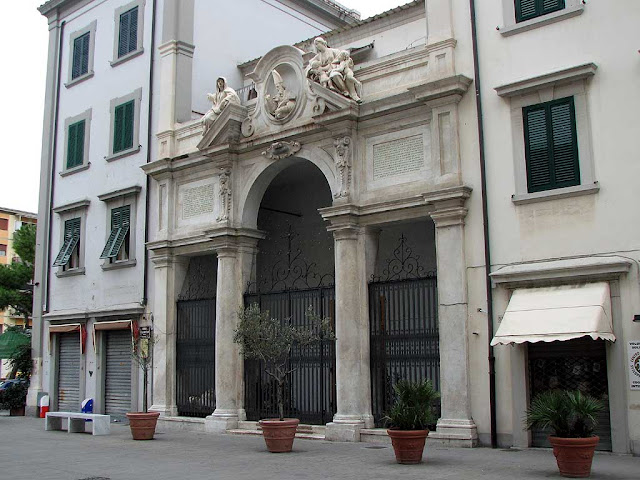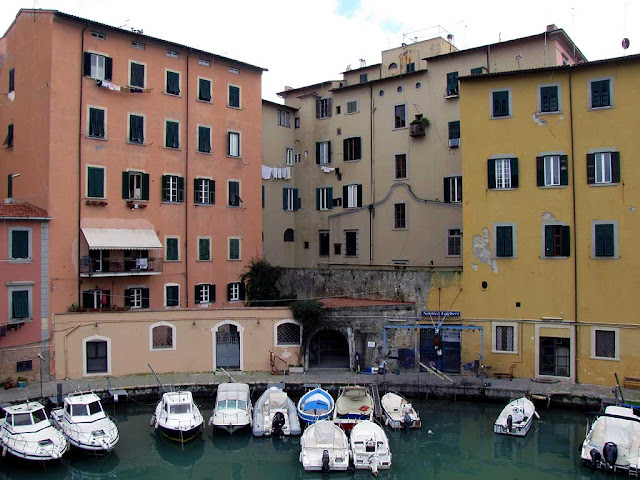 Saint Gregory the Illuminator (or Saint Gregory the Enlightener) is the national saint and patron of Armenia. The Apostles Thaddeus and Bartholomew introduced Christianity into the country in the early 1st century, but Gregory was the first head of the Church.
Saint Gregory the Illuminator (or Saint Gregory the Enlightener) is the national saint and patron of Armenia. The Apostles Thaddeus and Bartholomew introduced Christianity into the country in the early 1st century, but Gregory was the first head of the Church.In 301 AD, Armenia was the first nation to adopt Christianity as its official religion.
 The church of “San Gregorio Illuminatore” was built in 1716 for the prosperous Armenian community of Livorno by the architect Giovanni Del Fantasia on a project by Ferdinando de' Medici, the Grand Prince of Tuscany.
The church of “San Gregorio Illuminatore” was built in 1716 for the prosperous Armenian community of Livorno by the architect Giovanni Del Fantasia on a project by Ferdinando de' Medici, the Grand Prince of Tuscany. Damaged but not destroyed during the last war, the main body of church was demolished leaving only a small oratory and a portico in front of the facade.
Damaged but not destroyed during the last war, the main body of church was demolished leaving only a small oratory and a portico in front of the facade.See also: Half a Church



















































